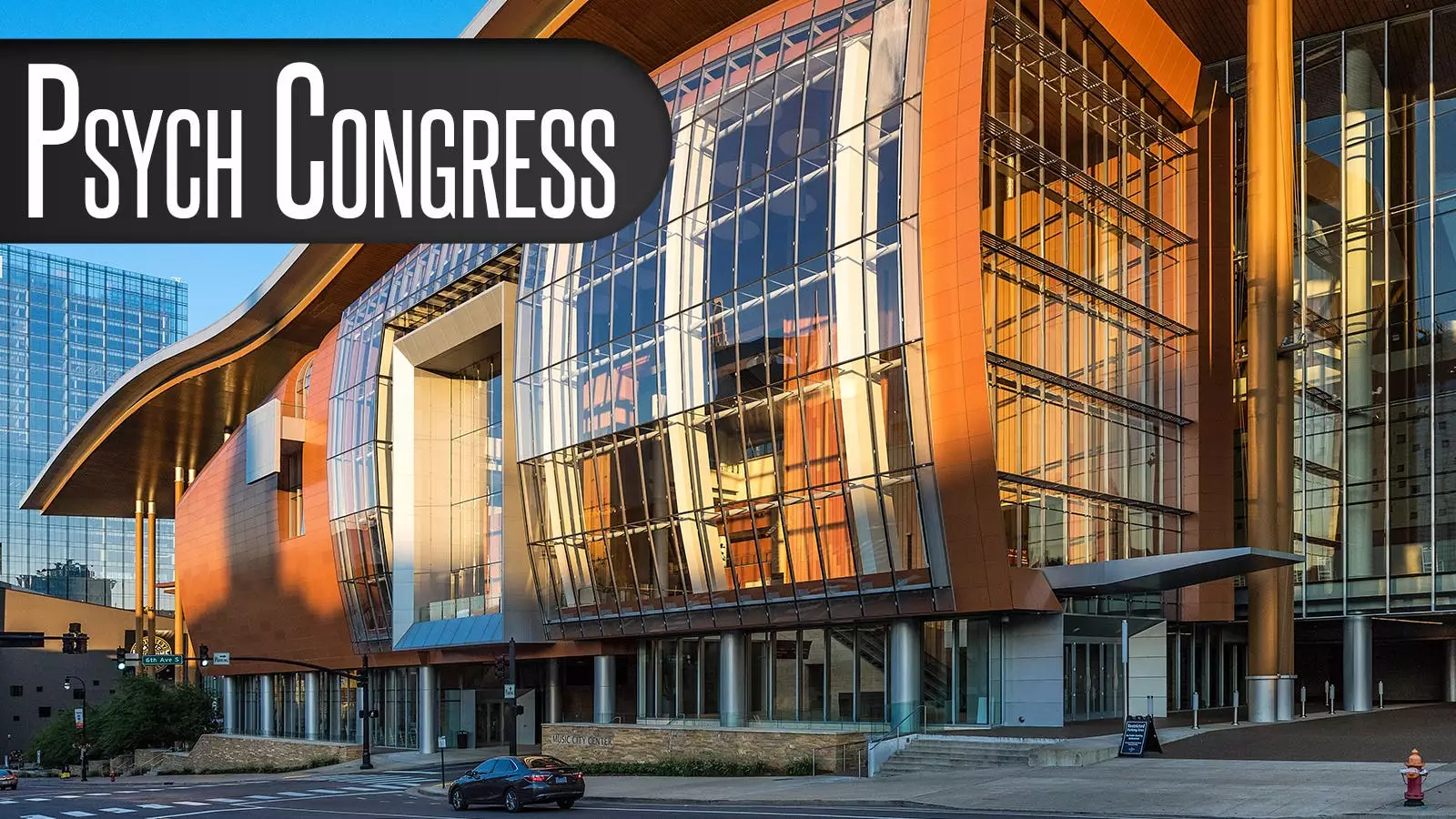Narcolepsy, a neurological disorder characterized by excessive daytime sleepiness, often poses diagnostic and treatment complexities due to its association with comorbid mood and pain conditions, according to observational data presented at Psych Congress 2023. This propensity-matched cohort analysis involving more than 4,000 individuals revealed that people with narcolepsy were significantly more likely to be diagnosed with depression, chronic pain syndrome, anxiety, dysthymia, myalgia, migraine, and fibromyalgia. Additionally, they were prone to sleep disorders such as insomnia, obstructive sleep apnea, and restless leg syndrome. The findings underscore the need for healthcare providers to recognize the interconnectedness of these conditions while assessing and managing narcolepsy.
Anxiety, depression, and sleep disorders are commonly associated with narcolepsy, as expected. However, the study’s lead investigator, Amy Everitt, PharmD, RPh, of Avadel Pharmaceuticals, noted that the presence of pain disorders was a surprising finding. Individuals with narcolepsy exhibited an increased likelihood of experiencing five different pain disorders, which could be attributed to fragmented sleep—a known factor contributing to pain problems. The recognition of these overlapping conditions enlightens healthcare providers about the need for a multifaceted approach to managing narcolepsy.
Diagnostic Challenges: Misdiagnosis and Fragmented Sleep
One of the primary obstacles in accurately diagnosing narcolepsy is the tendency for misdiagnosis. Everitt emphasized that healthcare providers often misattribute symptoms of narcolepsy to other conditions, such as insomnia or mood disorders, due to fragmented sleep and excessive daytime sleepiness. Fragmented sleep, characterized by interrupted and disrupted sleep patterns, can result in patients complaining of poor sleep quality or feeling confused, lacking motivation, and displaying irritability during the day. Consequently, they may receive diagnoses that fail to address the underlying narcolepsy. The pivotal symptom of narcolepsy—excessive, recurrent daytime sleepiness—must be thoroughly assessed to avoid misdiagnosis.
The research team compiled a cohort of 2,057 narcolepsy patients from a comprehensive Mayo Clinic electronic health records database encompassing 6.4 million patients over two decades. These narcolepsy patients were matched with a control group of 2,057 individuals without a narcolepsy diagnosis. The cohort analysis revealed a prevalence of narcolepsy in both groups with nearly 60% female representation and over 90% of participants identifying as white. The median age at initial encounter was comparable for both the narcolepsy group and the matched cohort, with slight variations observed.
Understanding the comorbidities associated with narcolepsy is crucial for clinicians to provide comprehensive care to affected individuals. Everitt advised healthcare providers to remain vigilant for signs of narcolepsy in patients exhibiting excessive daytime sleepiness and to conduct thorough assessments beyond surface-level symptoms. Recognizing the interconnectedness of mood disorders, sleep disorders, and pain conditions, clinicians can adopt a holistic approach towards managing narcolepsy and its comorbidities. By delving deeper into the patient’s sleep patterns, mental health, and experience of pain, healthcare providers can develop tailored treatment plans to address the complex needs of narcolepsy patients.
The complex relationship between narcolepsy and its comorbidities, particularly mood and pain conditions, necessitates a comprehensive approach to diagnosis and treatment. The elevated likelihood of individuals with narcolepsy experiencing depression, chronic pain syndrome, anxiety, and other related conditions underscores the need for healthcare professionals to look beyond the surface symptoms and conduct thorough assessments. By recognizing and addressing the interconnectedness of these conditions, healthcare providers can improve the quality of life and the overall well-being of individuals living with narcolepsy.


Leave a Reply